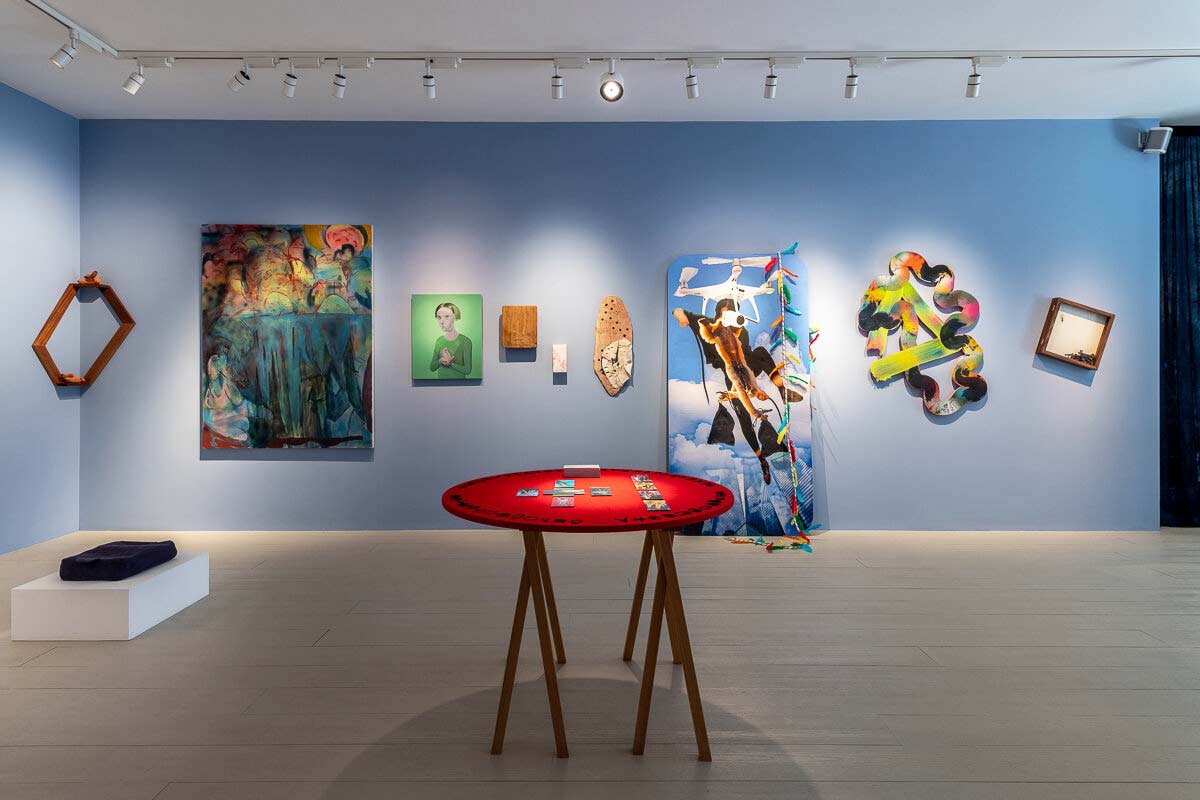Reduce stress by watching art events online

Scientists have long argued that looking at works of art, while visiting museums and galleries, can have a huge impact on people’s moods, stress levels, and well being. But does the same phenomenon happen in digital spaces when viewing art?
According to Artmag, citing journal Frontiers in Psychology, the results of new research, led by University of Vienna in Austria, show that engaging with online art actually has similar positive effects. According to experts, a short three minute visit to an online art or cultural exhibition can have very positive effects on mental well being.
When Covid-19 pandemic began in 2020 and a worldwide stay at home was imposed, arts and cultural institutions moved from their physical locations to internet. For the first time in history, digital art galleries and online museums are expanding and taking center stage.
The researchers added: Virtual tours were created that encouraged people to visit the museum from their couches, and the audience encountered online art and culture for the first time.
While in last decade, researchers have conducted various studies that show that art has a positive effect on health and well being, it is not clear whether these effects can also emerge from interaction with online art.
In this study, scientists asked a group of participants to visit several art exhibitions, via smartphones, tablets and computers, and measured their psychological state and well being to determine how beneficial viewing art on the Internet, how useful can it be?.
The results show that even a very short viewing of online art can have significant effects. Improve participants’ mood and mental well being and reduce feelings of anxiety and loneliness.
If people find the art more meaningful or beautiful, they will have more positive emotions when viewing it, and these effects are comparable to other things, including experiences of nature, or visits to physical art galleries.
These results and findings highlight importance of art on health and well-being and provide avenues for future research and applications in spaces such as hospitals, waiting rooms, or rural areas where access to art is limited.
The results of this study, have been published in journal Frontiers in Psychology.











